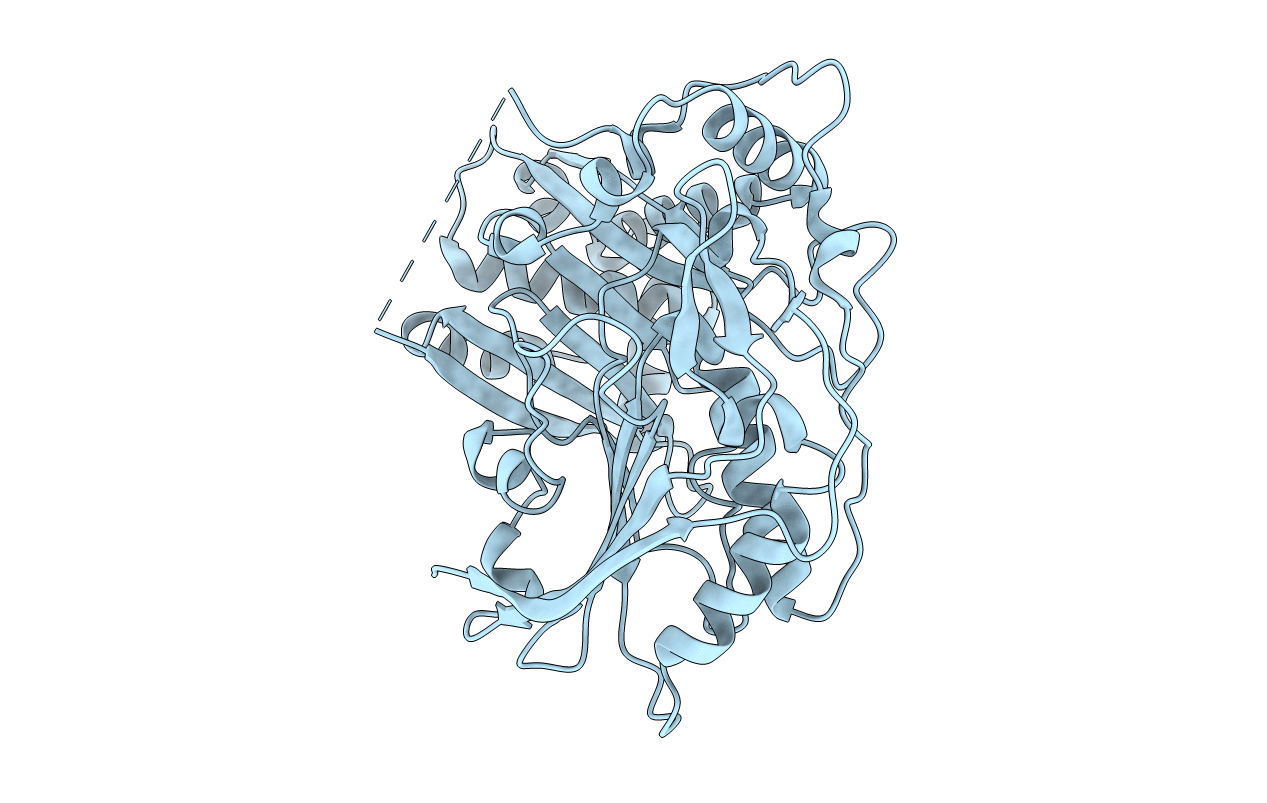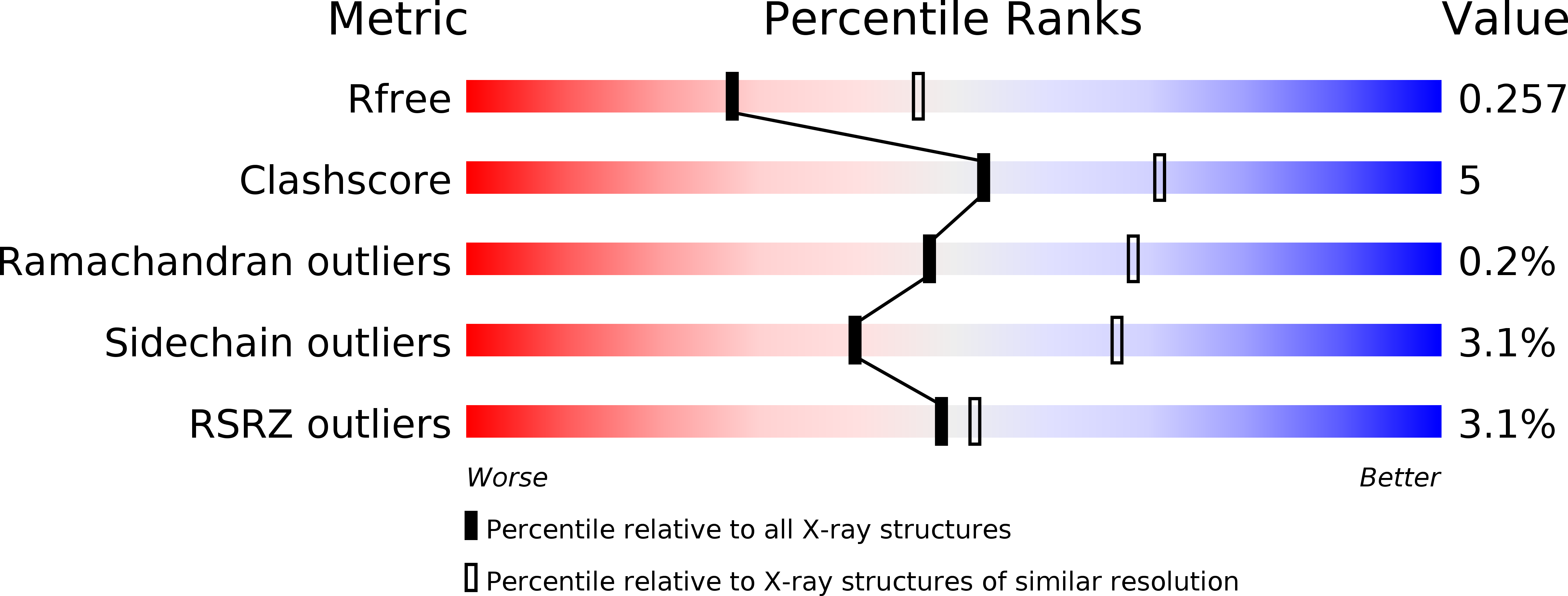
Deposition Date
2012-07-12
Release Date
2012-08-01
Last Version Date
2024-10-30
Entry Detail
PDB ID:
4G2M
Keywords:
Title:
Structure of a Lys-HCT mutant from Coffea canephora (Crystal form 2)
Biological Source:
Source Organism:
Coffea canephora (Taxon ID: 49390)
Host Organism:
Method Details:
Experimental Method:
Resolution:
2.50 Å
R-Value Free:
0.25
R-Value Work:
0.19
R-Value Observed:
0.19
Space Group:
C 2 2 21


